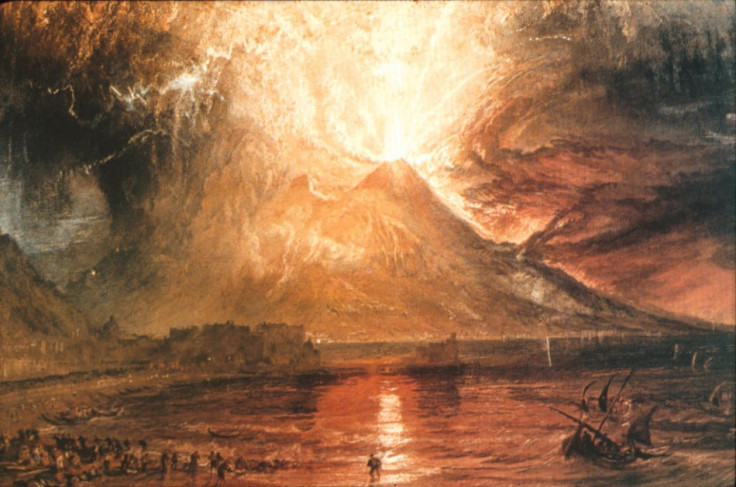Vesuvius' Next Eruption 'Could Wipe Out Naples'

The next eruption of Vesuvius will threaten three million people, including the entire city of Naples and its suburbs, according to one of the leading scientists monitoring the volcano.
Giuseppe Mastrolorenzo, a volcanologist at the Vesuvius observatory, based his estimates on geological surveys of villages destroyed by past eruptions, and on studies of victims' remains.
He said: "We've done geological surveys and we've found villages destroyed in past eruptions up to nine miles away from Vesuvius. That means the whole city of Naples and its suburbs, which accounts for two million people, are in danger."
Mastrolorenzo warned the Italian government that it had seriously underestimated the danger, and called on authorities to ensure all three million people deemed at risk are included in evacuation plans.
The number is four times higher than previous estimates, and 10 times higher than the 300,000 death toll estimated by Italian contingency planners in 2007.
The Italian government recently put in place an emergency plan classifying the volcano's immediate surroundings into red and yellow zones, according to the threat posed.
Mastolorenzo added: "Pompeii is six miles from Vesuvius, about the same distance as Naples. If we don't know how to evacuate all these people, we should say so."
An estimated 550,000 people would be in immediate danger from any eruption in the red zone. Further from the epicentre, in the yellow zone, roofs were deemed to be at risk of collapse under the weight of volcanic ash and falling pumice stone.
Vesuvius, which destroyed the ancient city of Pompeii in AD79 with the loss of 16,000 lives, last erupted in 1944. It has erupted on average once a century over the last 2,000 years.
The current evacuation plan covers 24 towns and villages, including three districts in the east of Naples.
Italy's civil protection chief Franco Gabrielli, warned that residents in the built-up areas that stretch as far as the slopes of the volcano were "excessively indifferent to, and don't know, the risks they are running."
Mastrolorenzo is due in London next month, to give a lecture at the British Museum linked to its blockbuster Pompeii exhibition.
His research uncovered traces of volcanic ash in central Naples, dating from an eruption about 3,800 years ago.
"We studied the bones of the victims and the ashes in Pompeii and they died not of asphyxiation, as was previously believed, but instantly because they were exposed to temperatures of about 350 degrees," he told The Sunday Times.
© Copyright IBTimes 2024. All rights reserved.





